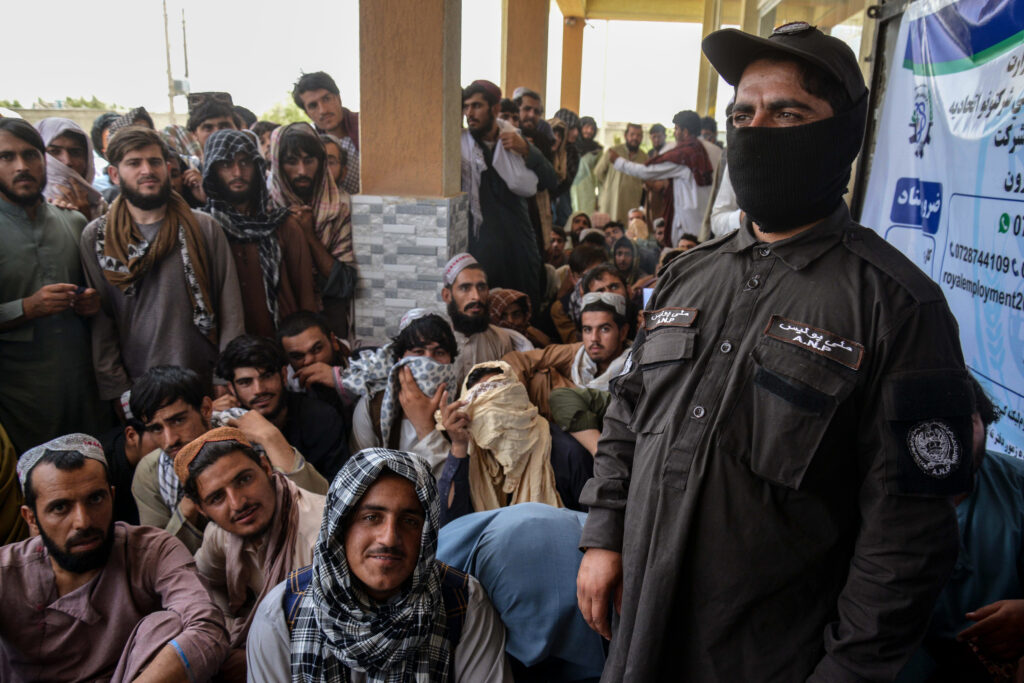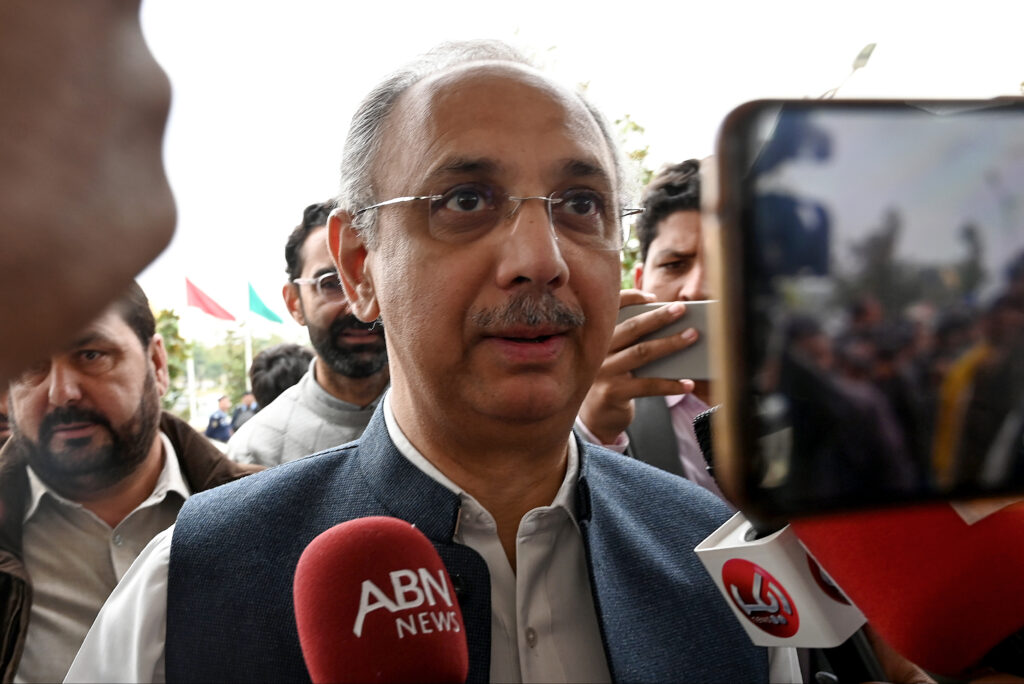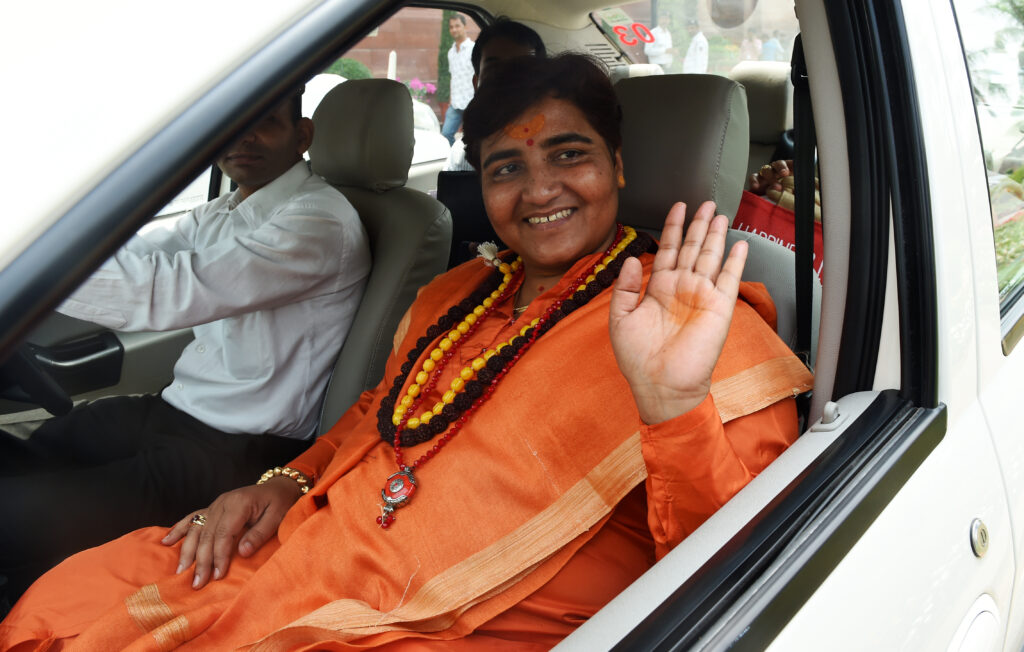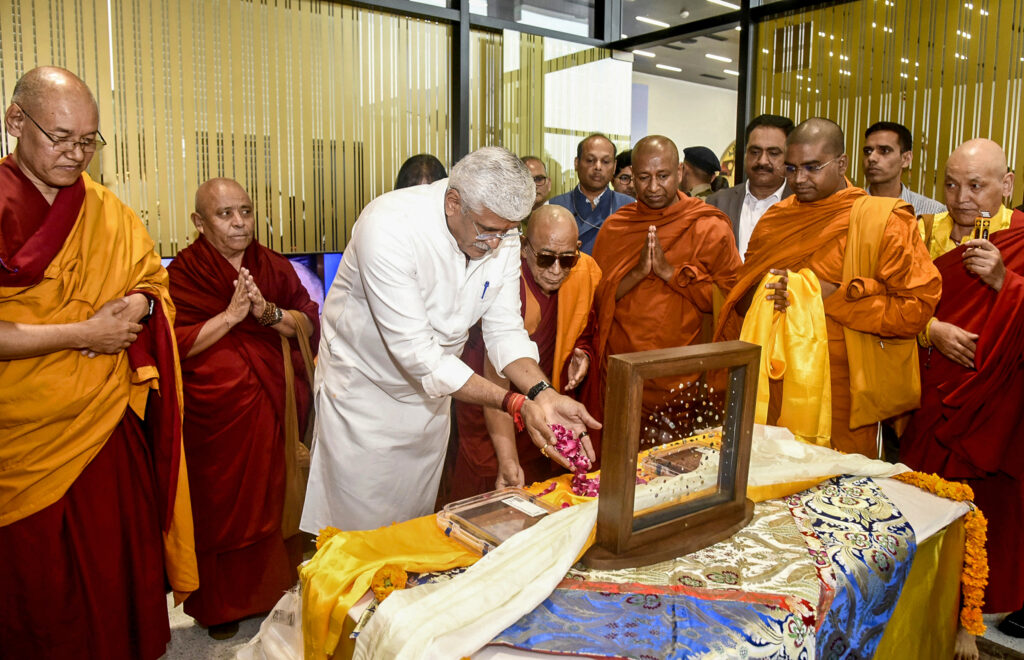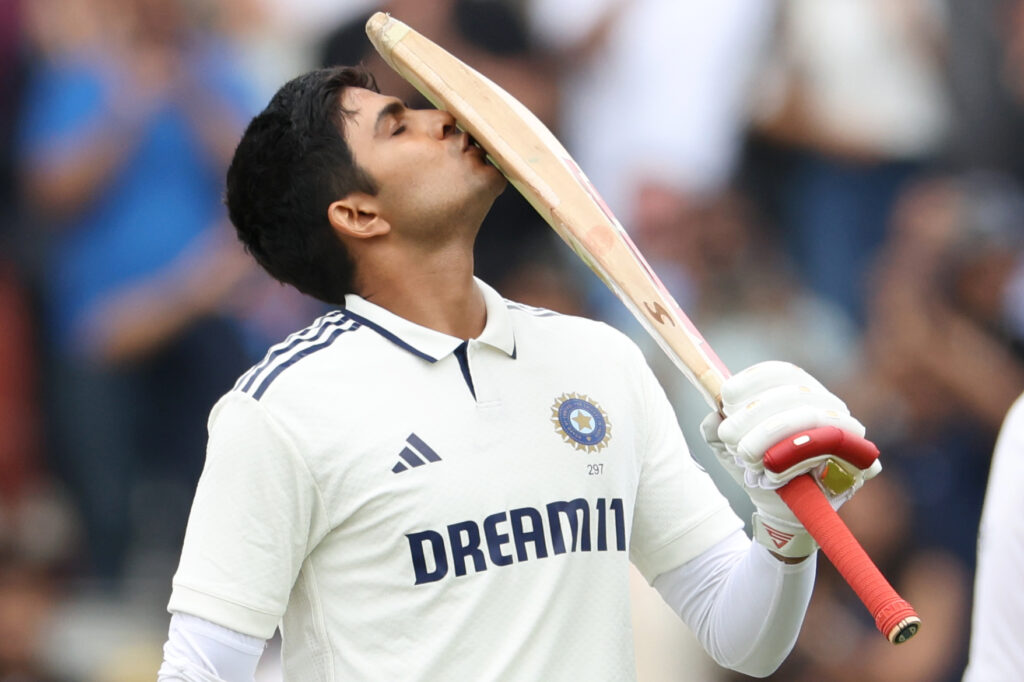Thousands of Afghans scramble for chance to work in Qatar
When Mohammad Hanif heard Qatar was opening jobs to Afghans, he joined thousands of others to put his name down for a shot to make a living in the gas-rich emirate, his own country wracked by unemployment.The Taliban authorities announced a deal with Gulf state this month to recruit 3,100 workers from Afghanistan, who started applying on Tuesday at centres across the country.By Wednesday, more than 8,500 people had put their names down from the capital Kabul and surrounding provinces, labour ministry spokesman Samiullah Ibrahimi told AFP, and more than 15,500 people are expected to register nationwide.The Taliban government says the jobs will help fight steep unemployment and poverty in the country of around 48 million people, facing what the United Nations says is one of the world’s worst humanitarian crises. “Our country has many problems, most people are poor and work odd jobs,” said Hanif, who travelled to western Herat from neighbouring Badghis to register. “I have skills in car mechanics and cooking, and I have certificates to prove it,” said the 35-year-old, adding he was grateful to Qatar for employing Afghans. Competition is steep, however, with centres swarmed by hopeful applicants ready to present the required passports, identification cards and professional certificates to nab roles ranging from bus driver to cleaner, cook, mechanic and electrician. More than 1,000 people have applied in southern Kandahar for around 375 positions allocated to the region, and in Herat, around 2,000 people lined up on Wednesday to try for one of a few hundred jobs, AFP journalists said. – Doha instead of Tehran -Qatar, where the Taliban opened an office during the two-decade war with US-led forces, is one of the handful of countries to have strong diplomatic ties with Afghanistan’s rulers after they swept to power in 2021. Only Russia has so far officially recognised the Taliban government.Discussions are also underway with Saudi Arabia, the United Arab Emirates, Oman, Turkey and Russia to set up similar deals, labour minister Abdul Manan Omari said in a statement on Tuesday. The process “will undoubtedly have a positive impact on the country’s economic situation and reduce unemployment”, said Abdul Ghani Baradar, the deputy prime minister for economic affairs.Nearly half of Afghanistan’s population lives in poverty, and the unemployment rate (over 13 percent) affects nearly a quarter of young people aged 15 to 29, according to the World Bank. Those who do have work often support large, extended families on stretched salaries.High unemployment has been driven by infrastructure hamstrung by 40 years of conflict, drought impacting the crucial agriculture sector and the recent mass removals of Afghans from neighbouring countries, said Noorullah Fadwi, head of an association of job search companies. This year, nearly two million Afghans have returned to their country after being driven out or deported from Iran and Pakistan, where many had lived for decades. “We are grateful to Qatar and ask other (Arab) countries to hire Afghan workers too, because the situation in Iran and Pakistan is very bad,” said 39-year-old Noor Mohammad, who registered in Herat, hoping for a hotel job.- ‘There is nothing’ -The Taliban authorities have not yet detailed how the Afghan recruits will be housed or their potential working conditions, while pledging to safeguard their rights.Qatar, where foreigners make up nearly 90 percent of the three million-strong population, has faced heavy criticism over the treatment of migrant labourers, particularly during construction leading up to hosting the 2022 FIFA World Cup. Qatar has since introduced major reforms to improve workers’ safety and punish employers who violate the rules.It has dismantled its “kafala” labour system, which gave employers powerful rights over whether workers could leave their jobs or even the country.Mohammad Qasim, 37, said he would not go to Qatar if he could find a job in Afghanistan, but he earned a university degree in education four years ago and has been unemployed ever since.”I tried very hard to find work but there is nothing,” he told AFP, saying he applied to be a cleaner at a centre in Kandahar.At least in Qatar, he said, “I will earn something.”
